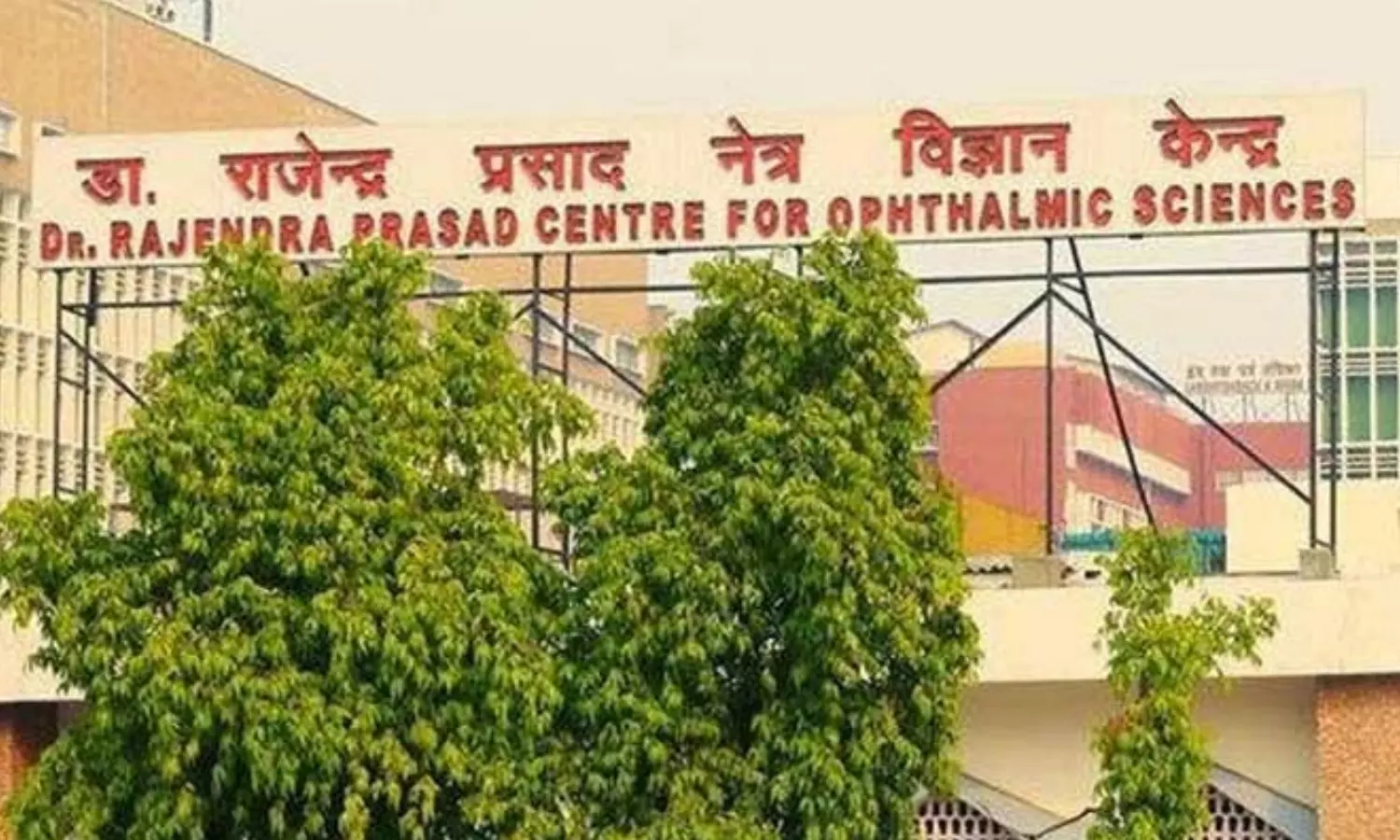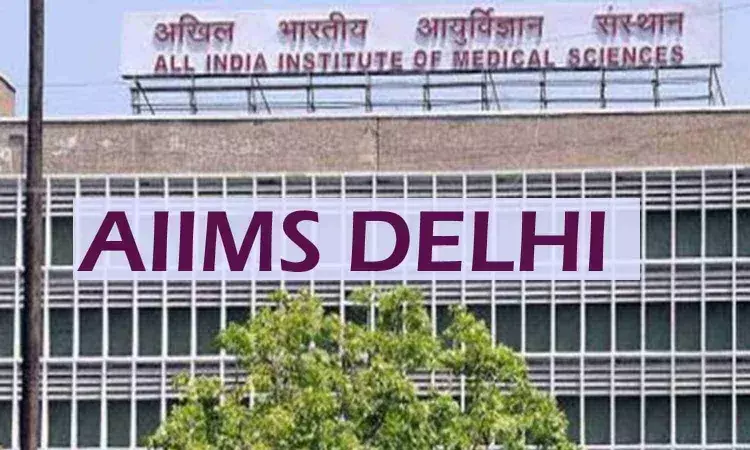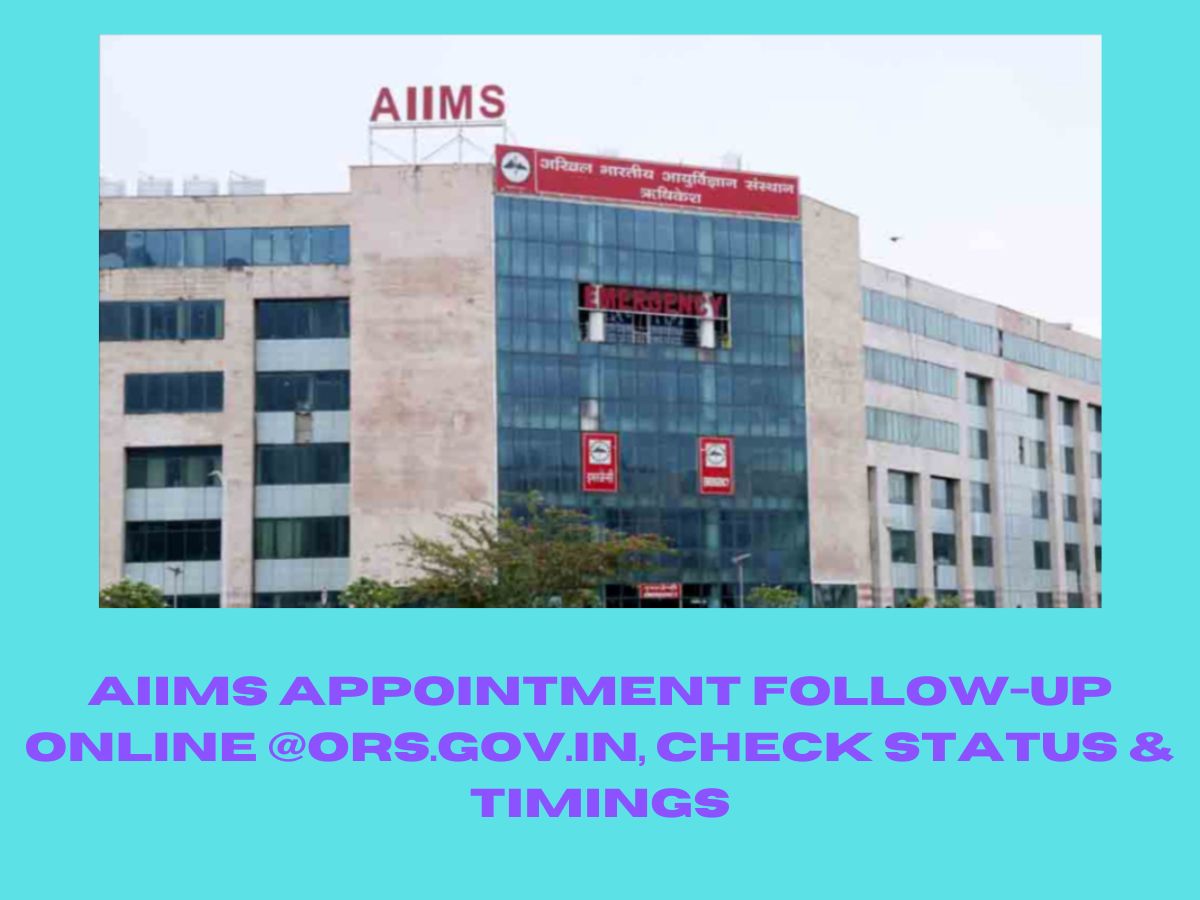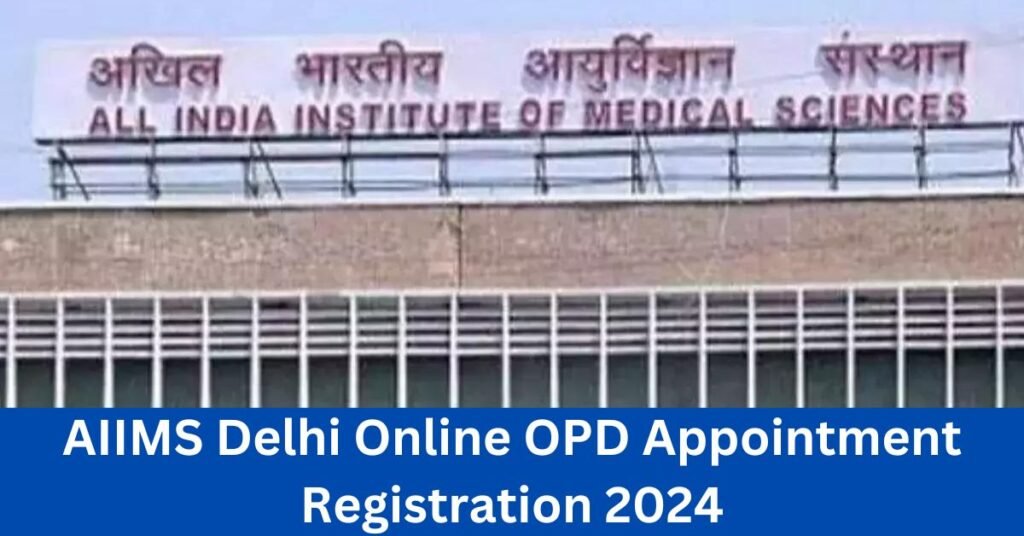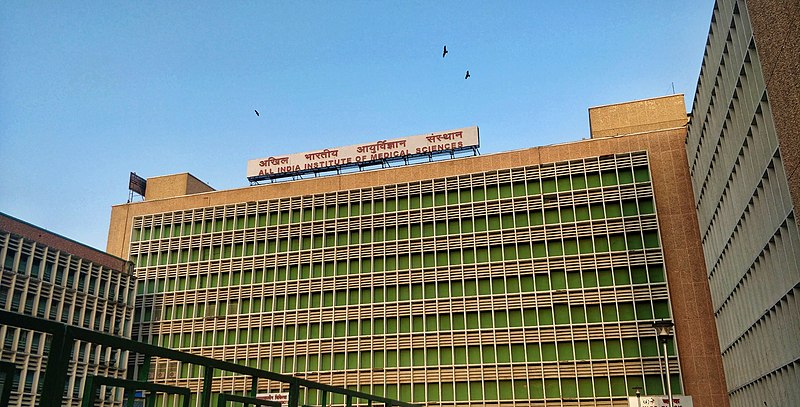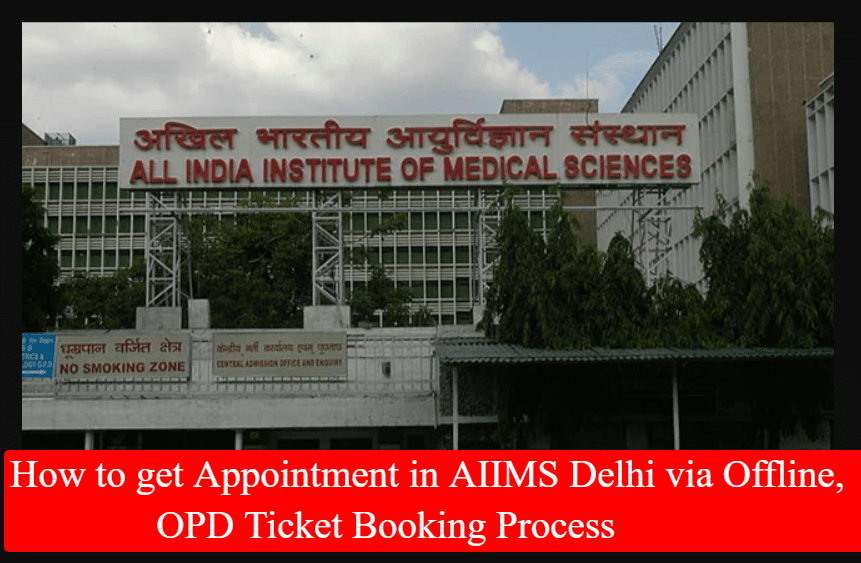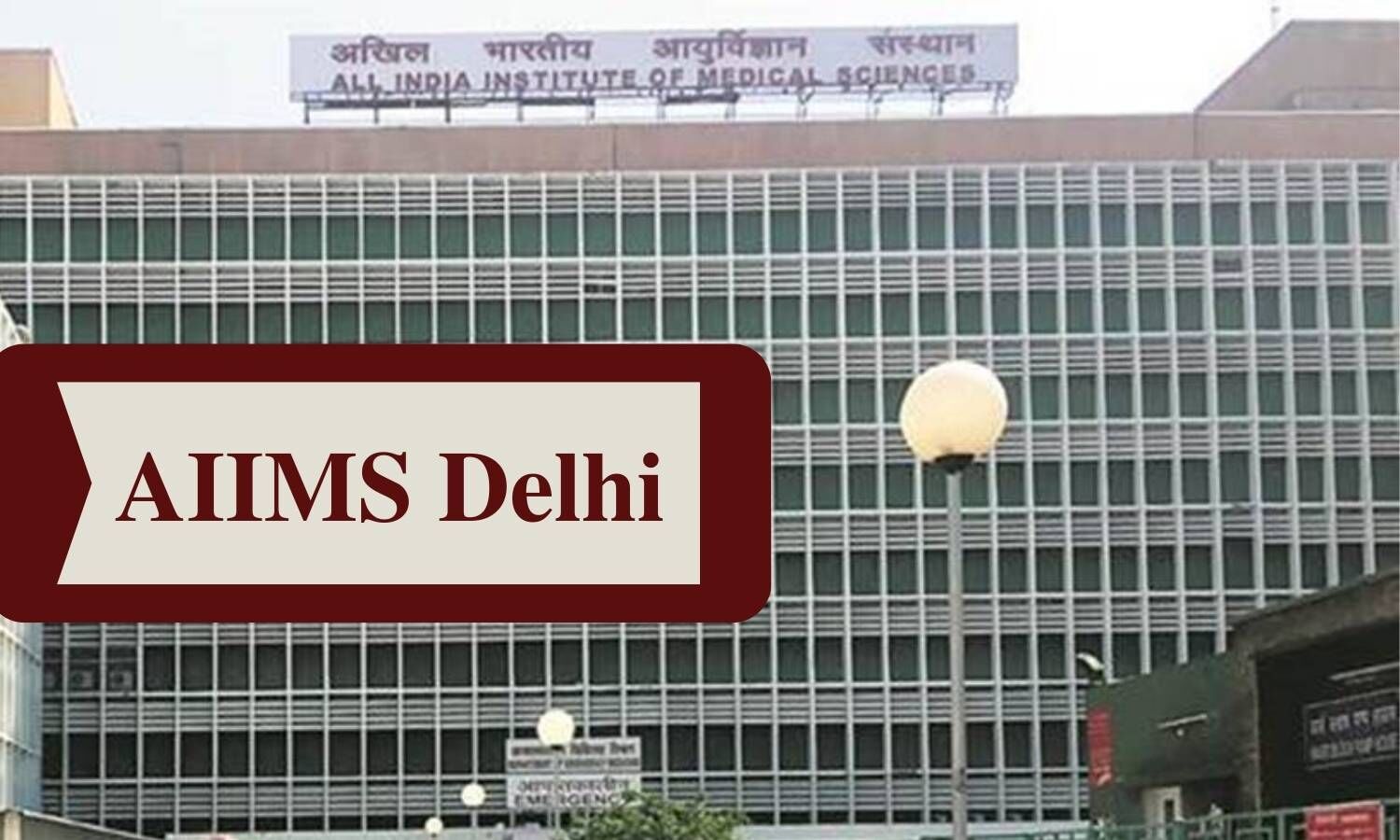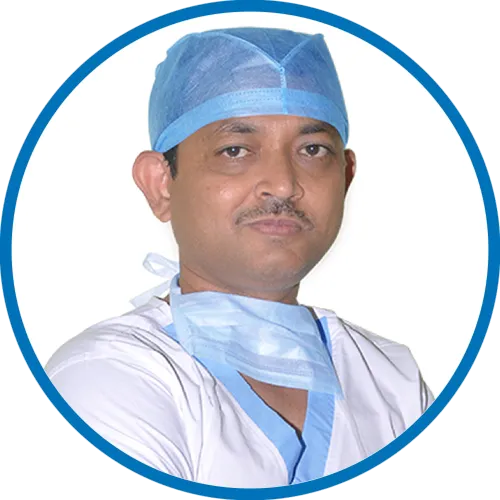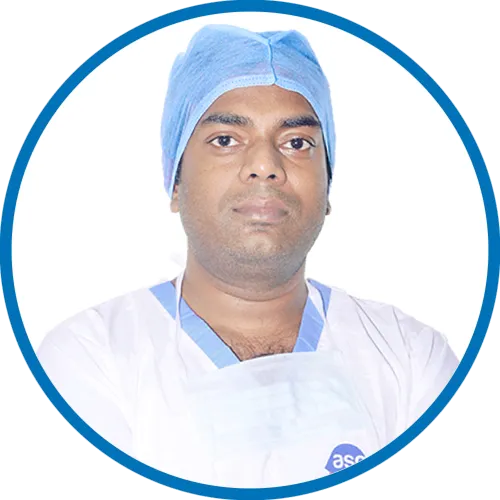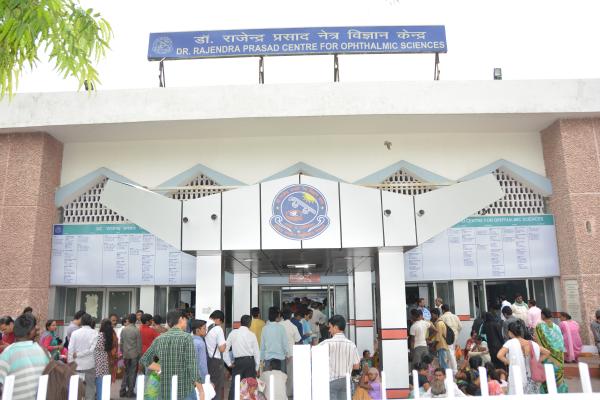Dr Rajendra Prasad Eye Hospital Aiims Delhi Appointment

The Dr. Rajendra Prasad Centre for Ophthalmic Sciences (RPC), the apex eye care institute at the All India Institute of Medical Sciences (AIIMS), Delhi, has recently undergone significant leadership changes. The appointment of a new head, coupled with restructuring efforts, signals a renewed focus on enhancing patient care, research, and academic excellence. This transition comes at a critical juncture as the institute navigates increasing patient load and evolving advancements in ophthalmology.
At its core, this leadership transition at the RPC aims to fortify its position as a leading center for ophthalmic care and research in India. The institute faces the challenge of maintaining high standards of service amidst increasing patient demands, necessitating a strategic vision and effective execution. This article delves into the details of the recent appointments, the challenges facing the RPC, and the anticipated impact on patient care and the broader field of ophthalmology.
The New Leadership
The details of the new head of the institute have not been officially announced to the public. Official notifications and announcements are awaited to verify this leadership change. It is also important to recognize the contributions of the previous head.
Focus on Innovation and Research
One of the critical mandates for the new leadership will be to foster innovation and research. RPC has a long and established reputation in ophthalmic science. There is a need to build on this legacy.
This involves securing research grants, fostering collaborations with international institutions, and encouraging young researchers to pursue cutting-edge projects. The goal is to translate research findings into tangible improvements in patient care.
Challenges and Opportunities
The Dr. Rajendra Prasad Centre for Ophthalmic Sciences faces several challenges. These challenges includes managing high patient volumes, resource constraints, and the need to continuously update infrastructure. Simultaneously, the institute has significant opportunities to leverage technology, expand its training programs, and strengthen its community outreach initiatives.
Addressing the patient load effectively requires streamlining processes and optimizing resource allocation. The hospital must also make a concerted effort to reduce waiting times for appointments and treatments.
Embracing telemedicine and remote monitoring technologies can significantly improve access to eye care, particularly for patients in rural areas. The institute could consider establishing satellite clinics or collaborating with existing healthcare providers to expand its reach.
Impact on Patient Care
Ultimately, the success of this leadership transition will be measured by its impact on patient care. The center is expected to improve patient experience. This translates to shorter waiting times, more personalized treatment plans, and improved communication between doctors and patients.
The center could invest in training programs for its staff on patient-centered care. The institute could also actively solicit feedback from patients to identify areas for improvement.
"Our primary focus is always on providing the best possible care to our patients," stated a representative from AIIMS, Delhi, emphasizing the institute's commitment to patient well-being.
Training and Education
RPC plays a crucial role in training the next generation of ophthalmologists. The institute could expand its training programs. This expansion includes fellowships and continuing medical education (CME) courses to enhance the skills and knowledge of eye care professionals across the country.
The incorporation of simulation-based training and hands-on workshops could significantly improve the competency of trainees. Further efforts on creating a robust mentorship program, pairing experienced ophthalmologists with junior colleagues, would also prove beneficial.
Looking Ahead
The Dr. Rajendra Prasad Centre for Ophthalmic Sciences stands at a pivotal juncture. As such, these efforts can solidify its position as a leading eye care institution. The coming months will be crucial as the new leadership takes the helm and begins implementing its vision.
Continuous evaluation and adaptation will be essential to ensure that the RPC remains at the forefront of ophthalmic care and research, serving as a beacon of hope for patients with eye disorders across India and beyond.
